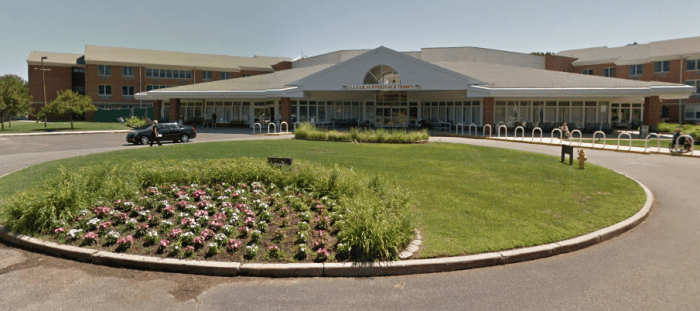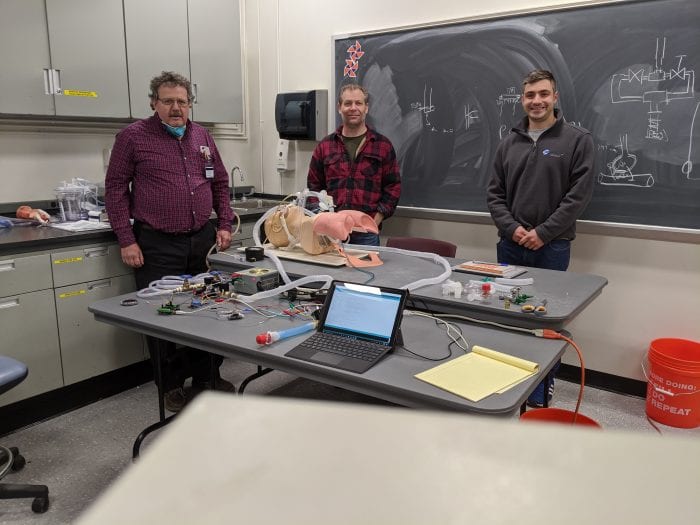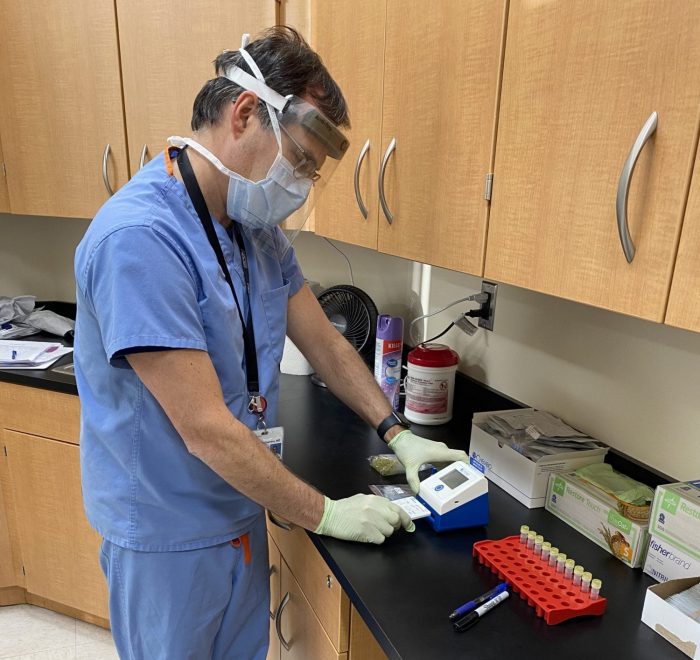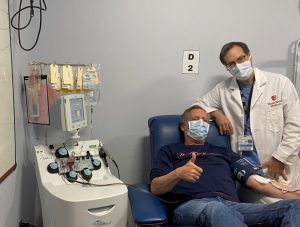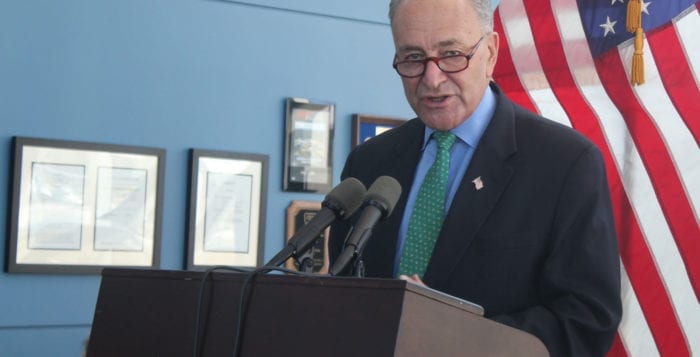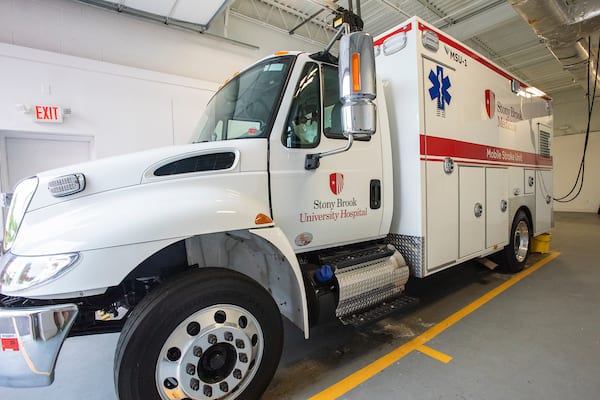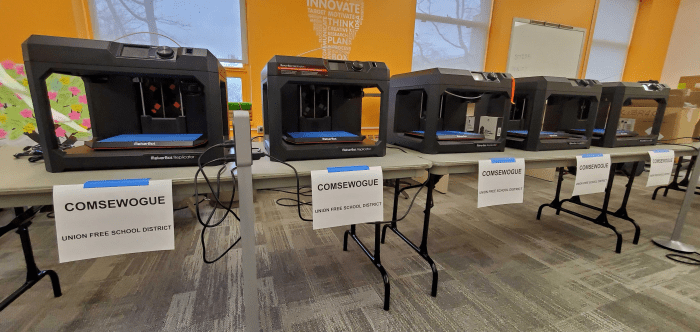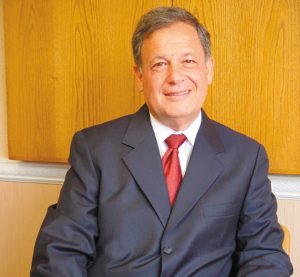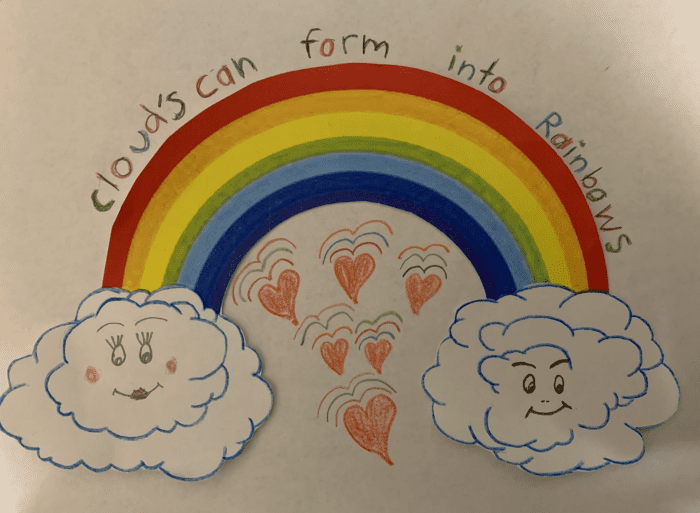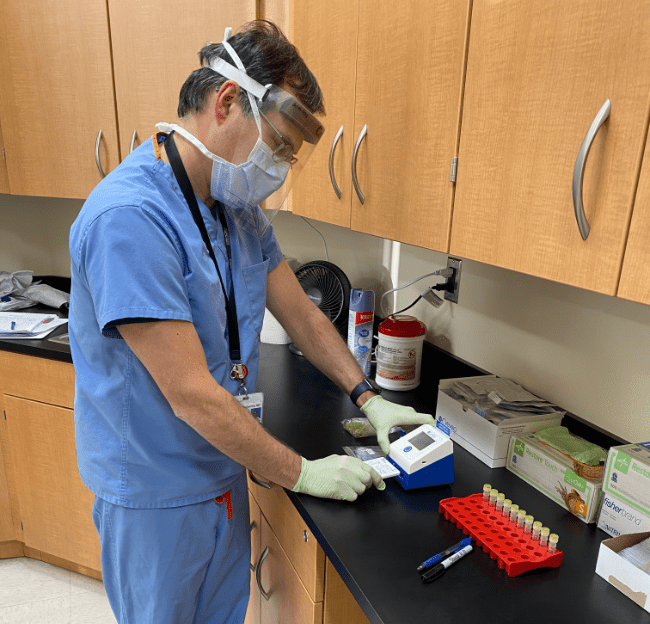By Rich Acritelli
“Never was so much owed by so many to so few.”
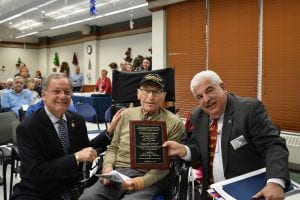
These words of heroic national service by Winston Churchill Aug. 20, 1940, have been surely witnessed by U.S. citizens since the start of the COVID-19 health crisis. Feeling immensely proud of his staff and echoing these powerful sentiments is Executive Director Fred Sganga of the Long Island State Veterans Home at Stony Brook. He stated just how thankful and proud he was of his 675 employees who have done everything possible to treat the veterans of this facility. From the moment that this virus hit the nation, these health care workers and support staff are on the front lines to ensure that this nursing home has taken care of their patients through the terrible rise of COVID-19.
Currently, there are five New York State Veterans Homes that are facing staggering difficulties since the initial spread of the virus. While this pandemic has impacted all age groups, older generations are the most susceptible from being impacted by the ferocity of this sickness. For over 19 years, Sganga has led the vets home through many difficult moments, but it’s possible this scenario could be the most challenging point of his career. On March 10, Sganga ordered the complete lockdown of operations the nursing home, restricting access from the outside. Looking at the website of this hospital, it has been a transparent effort by Sganga and his staff to speak about the daunting issues that has faced both the workers and residents of the veteran’s home.
Covered in protective gear from head to toe, masks and shields, the staff has been working in hazardous conditions to treat veterans who have greatly sacrificed for this nation. Sganga said he is incredibly proud of his faculty’s ability to not only take care for their patients, but to serve as surrogate family members. For over 40 days, many of these residents have not seen their loved ones and the doctors, nurses, aides, housekeeping and maintenance cadre have engaged these older men and women with a consistent foundation of love and support.
One of the biggest concerns that Sganga’s staff must handle with the patients who are already battling serious ailments and respiratory problems. The sickness has impacted the COVID units of this nursing home with 57 residents to date that have tested positive. Sganga identifies how this hospital has dealt with the positive cases by not allowing cross contamination between the various health care units. He considers this a deadly “chess game” where he’s made to use every possible strategy to contain the expansion of the virus within the hospital.
These heavy health strains on the elderly population are apparent as the vets facility, which as of press time has lost 41 people, according to Sganga. While this is a tumultuous time, Sganga has continually stressed the determination of his staff to show up to work every day and to help those men and women residents that have sacrificed for the defense of the nation. Like that of the families, these staff members grieve at the loss of residents that they have grown to known through many special bonds. They have had to adapt to the many unknowns of the virus and decipher through the multitudes of guidance coming from the state and federal government. And through the spirit of cooperation amongst the team, every person plays an important role in carrying out these policies to protect the residents during these harrowing times.
Much can also be said about the wonderful job that Sganga has done during his tenure at this home for almost two decades. Vietnam vet and Rocky Point VFW Post Commander Joe Cognitore said, “Sganga demonstrates the highest traits that a leader of any major organization can exhibit to lead and care for others. During the height of this crisis, he has the pulse of every staff member and the people that reside in this home. He is a self-starter and a delegator of plans to properly guard against this massive epidemic. Words are not enough to express his strength as a decisive figure to always assist others. These sentiments are presented through my experiences as a patient that was flawlessly treated by this hospital. His spirit is easily seen through the endearing qualities of all his personnel that are always motivated to do their duty.”
Once this tragic virus began to escalate in widespread positive cases and deaths, the vets home has followed many directives from the U.S. Center for Disease Control, New York Department of Health, the Veterans Administration and Center for Medicare and Medicaid Services. Almost every day, Gov. Andrew Cuomo (D) speaks at daily press conferences outlining the risks of the elderly in the nursing homes and the devoted care in places like that of Stony Brook that has continually met their growing needs.
Presently, there are over 45,000 deaths from COVID-19 in the U.S., with New York making up a third of these figures by nearly 15,000. Out of these numbers, experts say nearly a fifth of virus deaths have come from nursing facilities, and the fear is that more could to be taken from the brutality of the virus. Right now, there are health care workers and patients that have deteriorated quickly and passed away without any major signs of this sickness.
Until recently, there were not enough testing kits for nursing homes like that of the Long Island State Veterans Home to even test their own workers. Cuomo recently stated that the goal of New York was to start testing 40,000 people every day, but there are many workers that were unable to know if they were safe from this virus. Through the entire interview, Sganga could not thank his staff enough for the absolute determination of his colleagues to stay the course in helping the elderly fight this illness. It has been a hard time for this staff, but they never shied away from their ultimate mission of protecting these men and women that sacrificed greatly for this nation. According to Cognitore, “even during the darkest moments of this crisis, Sganga’s employees and volunteers have diligently worked above and beyond the call of duty to protect the veterans against this uphill medical war to defeat the ongoing spread of COVID-19.”
Rich Acritelli is a social studies teacher at Rocky Point High School and an adjunct professor of American history at Suffolk County Community College.

